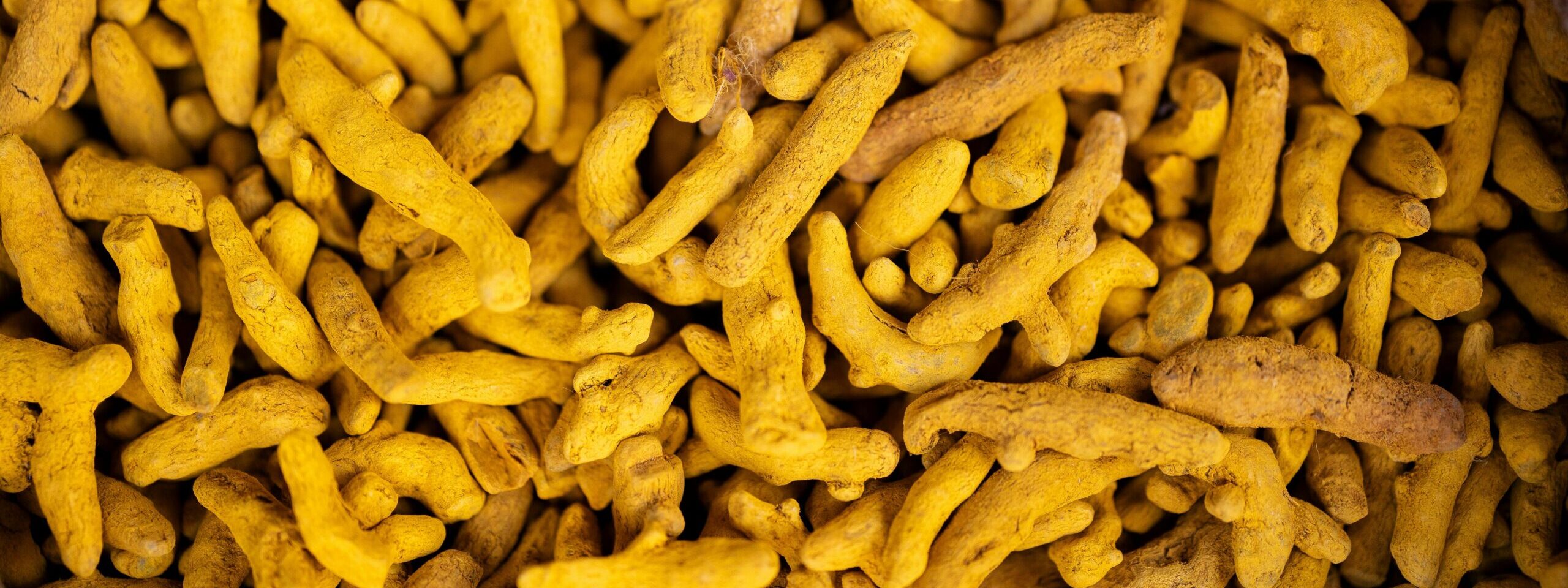Popular Turmeric Finger Grade:
-
- Erode finger from Tamil Nadu
- Rajapuri Turmeric from Sangli Maharastra
- Nizamabad & Cuddapah Turmeric from Andhra Pradesh
Common Description:
| Type | Polished & unpolished |
| Origin | India |
| Defectives | Less than 3% |
| Broken Ratio | Less than 5% |
| Flexibility | Hard |
| Packing Type | 25 / 50 / 60Kg PP / Jute bag |
| Loading Capacity | 13MT in one 20ft container |
Specifications:
| Raw Turmeric Grade | Moisture | Curcumin |
| Erode Medium (Premium & Super) | 10 – 12% basis | 2 – 3% Max |
| Nizamabad Turmeric | 10 – 12% basis | 1.5% – 2.5% Max |
| Raja Puri Turmeric | 10 – 12% basis | 2% – 3% Max |
| Cuddapah Turmeric | 10 – 12% basis | 1.5% – 2.5% Max |
India grows over 30 distinct varieties of turmeric. While many look alike, each has unique characteristics. Below is a list of some common variants along with their curcumin content. We presented the turmeric varients by location, color & shape and duration
Variants by Location
In India, turmeric is widely grown, especially in states like Maharashtra, Karnataka, Kerala, Tamil Nadu, Andhra Pradesh, Telangana, Odisha, and West Bengal. It’s also cultivated in other countries including Bangladesh, China, Indonesia, Japan, Korea, Malaysia, Myanmar, Thailand, Vietnam, the Philippines, and parts of Central America.
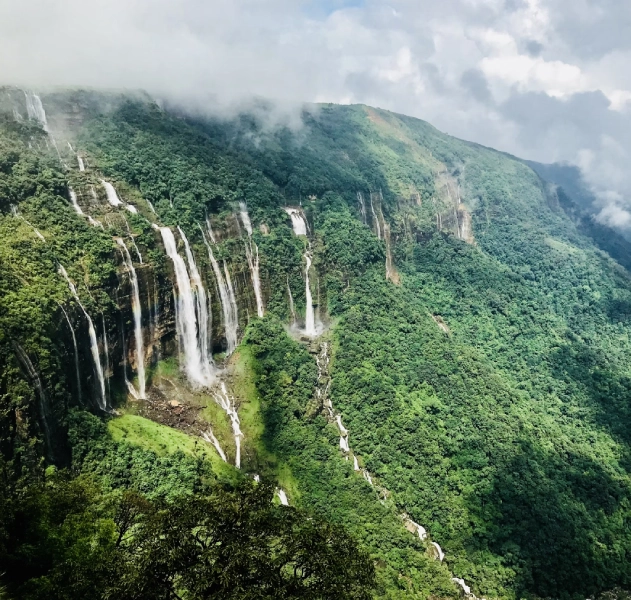
LAKADONG, MEGHALAYA
Curcumin : 7% to 12%
The Lakadong turmeric variant is cultivated in the foothills of Lakadong village. It is considered as one of the best turmeric variants in the world when it comes to superiority. This turmeric variant is known for its high curcumin content which goes up to a staggering 7-12%. Usually, curcumin content in other variants of turmeric is around 2-4%.
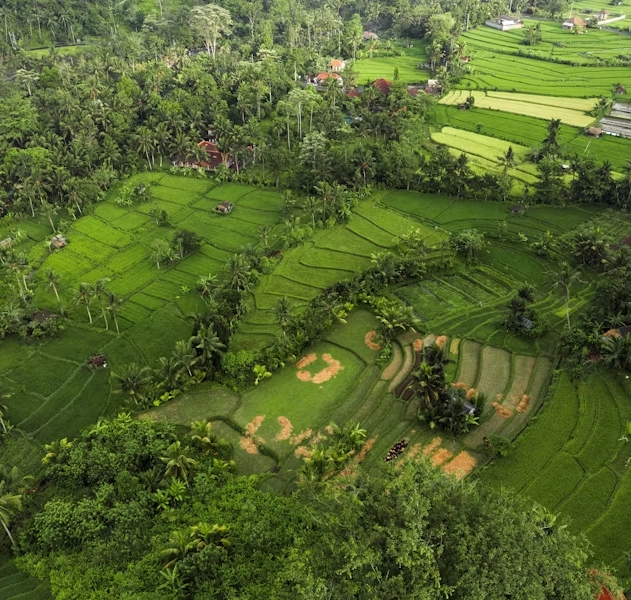
ALLEPPEY, KERALA
Curcumin : 4% to 7%
The Lakadong turmeric variant is cultivated in the foothills of Lakadong village. It is considered as one of the best turmeric variants in the world when it comes to superiority. This turmeric variant is known for its high curcumin content which goes up to a staggering 7-12%. Usually, curcumin content in other variants of turmeric is around 2-4%.
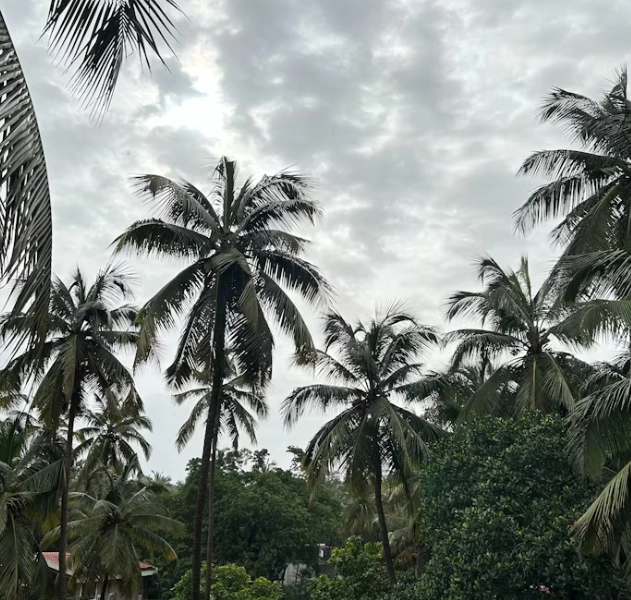
MADRAS, TAMIL NADU
Curcumin : 2%
Another popular turmeric variant that hails from South India is the Madras variety. The Madras variant is grown in Tamil Nadu and contains an average of 2% of curcumin in it. When it comes to color, it offers a pale yellow color.
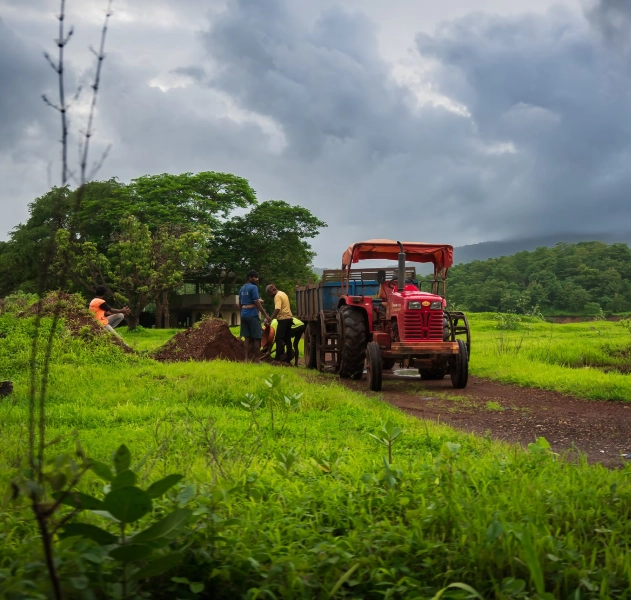
SANGLI, MAHARASHTRA
Curcumin : 2% to 4%
The Lakadong turmeric variant is cultivated in the foothills of Lakadong village. It is considered as one of the best turmeric variants in the world when it comes to superiority. This turmeric variant is known for its high curcumin content which goes up to a staggering 7-12%. Usually, curcumin content in other variants of turmeric is around 2-4%.
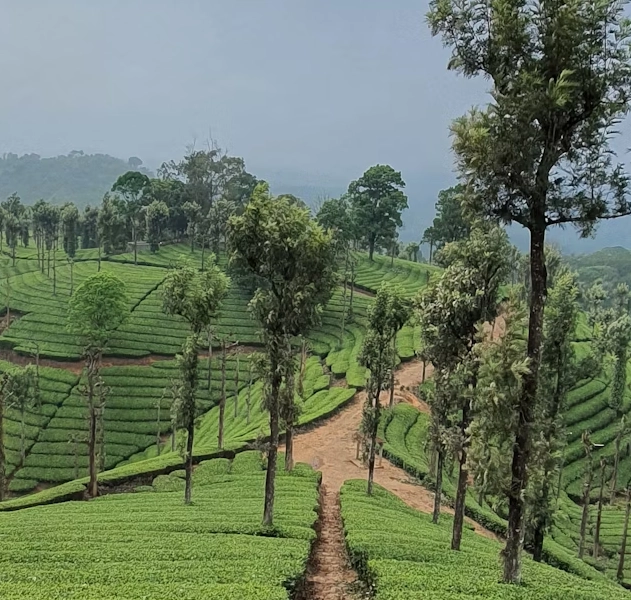
ERODE, TAMIL NADU
Curcumin : 2% to 4%
This turmeric variant too received a GI Tag in 2019, after a long battle. The GI Tag is given to food products that are distinct to a particular geographical region and have some original qualities. The Erode variant is produced in Erode, a small city in Tamil Nadu, by the local cultivators. The curcumin percentage in this turmeric variant is about 2-4%. This turmeric is known for its bright yellow color.
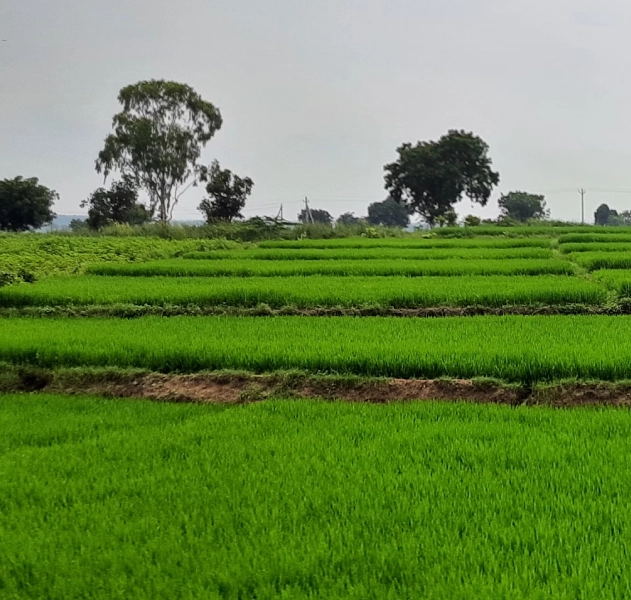
NIZAMABAD BULB, TELANGANA
Curcumin : 2% to 4%
This turmeric variety comes from Nizamabad, Telangana. It contains around 2-4% curcumin in it. The color of this turmeric is classic yellow.

